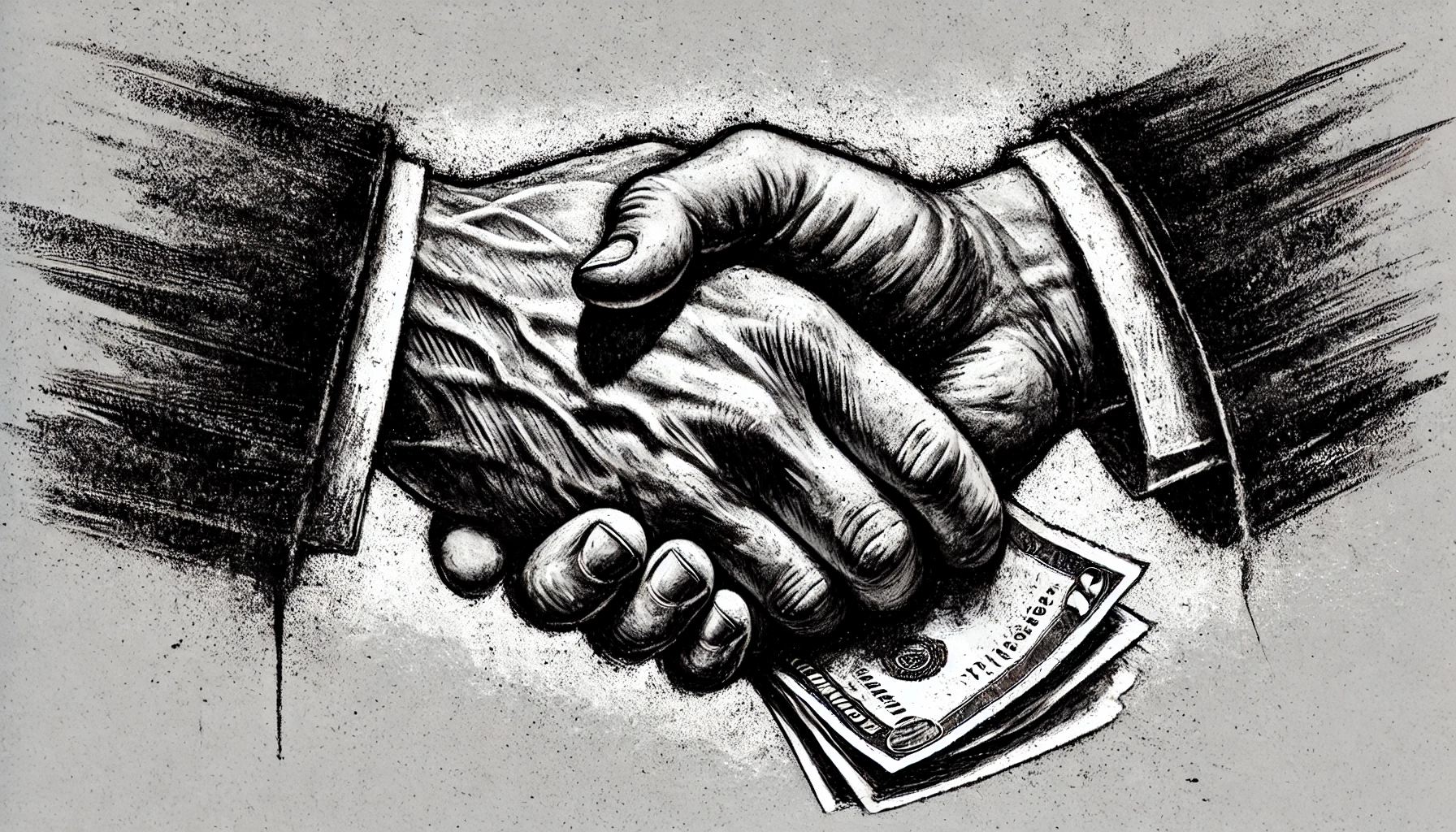Business
What is a Brand guideline and why you need one.

Explain Brand Guidelines!
A brand guideline is like a superhero's rule book - it establishes the rules for how your brand should look and talk, ensuring all marketing materials are consistent and on-brand.
It helps establish your brand's unique identity and personality and protects your brand's reputation by providing clear guidelines for usage. Plus, it helps build customer trust and credibility, leading to increased brand loyalty and sales.
It is arguably one of the most valuable tools a business can have when starting, or evolving from entrepreneur to outsourcing to marketing or business developers. This is one of the 1st requirements of starting to create content and advertise. This will make and save you money. We Assist Co recommends this tool as one of the key investments into a successful business.
What are Brand Guidelines?
Brand guidelines, also known as a style guide or visual Identity,are rules and guidelines that outline how a brand should be represented visually and verbally.
These guidelines ensure consistency across all marketing materials and communications and establish the brand's identity and personality. The guidelines provide direction on how to use the brand's logo, colours, typography, imagery, and messaging consistently and effectively. They also establish what is and is not acceptable in terms of usage. For example, the guidelines will specify if the logo can be used in a specific colour or not, if it can be resized or not, etc. Overall, brand guidelines help to build trust and credibility with customers and can lead to increased brand loyalty and sales.
What should be in my Brand Guideline?
Brand positioning statement: a brief summary of the brand's unique selling proposition and target audience.
Brand voice and tone: guidelines for the language, tone, and style to be used when communicating with customers.
Visual identity: guidelines for using the brand's logo, colour palette, typography, and imagery.
Brand messaging: key messages and themes that should be communicated in all marketing materials.
Social media guidelines: guidelines for how the brand should be represented on social media platforms.
Usage guidelines: rules for how the brand's name, logo, and other visual elements should be used, including approved and prohibited uses.
Examples of how the brand should be used in different contexts, such as on a website, in print materials, and advertising.
Contact information for the person or department responsible for enforcing the brand guidelines.
How Does Having Brand Guidelines Save Money?
- Brand Trust: Having a set of guidelines ensures that all your marketing materials, including your website, social media, and print materials, are consistent in terms of messaging, tone, and design. This cohesiveness helps build trust and credibility with your customers, leading to increased sales and customer loyalty.
- Efficiency: Brand guidelines make it easier and more efficient for your team to create new materials and campaigns, as they clearly understand what is and isn't allowed.
- Cost reduction: By providing clear guidelines for your team or contractors, you will reduce the need for revisions and corrections, saving money on design and production costs.
- Legal Protection: Having a strong brand can also help protect your business from legal issues such as trademark infringement, which can be costly to defend against.
What are the best tools to help create a brand guideline?
There is so many online tools to help create, visual representations of your business, from templates to tools. What I recommend is work within your skill set and get started these documents, and brands evolve over time. We Assist Co has been through a few variations on the journey to now, where we are. I also recommend google examples and taking the best from many templates or other brands frameworks to build your own.
- Canva, and Piktochart: These are online graphic design tools that allow you to create visual assets, such as infographics, presentations, and social media graphics. They can be used to create visual assets included in the brand guideline, such as iconography, illustrations, and infographics.
- Adobe Illustrator, InDesign, and Photoshop: These are professional graphic design tools that can be used to create a logo, colour palette, typography, and imagery. They can also be used to create visual assets included in the brand guideline, such as iconography, illustrations, and infographics.
- Sketch, Figma, and Adobe XD: These are vector-based design tools that can be used to create wireframes, mockups, and prototypes of a website, app, or other digital product. They can be used to create visual assets included in the brand guideline, such as UI elements, iconography, and illustrations.
- Microsoft Word and Google Docs: These are word processing tools that can be used to create a brand guideline in digital form. They can be used to create a document that includes all the elements of a brand guideline, such as the brand positioning statement, messaging, and usage guidelines.
- Grammarly, Hemingway: These are writing tools that can ensure that the brand's messaging is clear, concise, and grammatically correct. They can be used to check spelling and grammar errors and ensure that the brand's messaging is consistent with its tone and voice.
Why do all businesses need a Brand Guideline?
All businesses need a brand guideline because it serves as a roadmap for how the brand should be represented and communicated. A brand guideline helps to establish a consistent and recognizable visual and verbal identity, which is essential for building trust and credibility with customers.
Having a consistent identity across all marketing materials and communications helps to create a stronger brand image and makes it easier for customers to recognize and remember the brand. A clear and consistent identity can increase brand loyalty and sales, as customers are more likely to trust and do business with a brand that they recognize and identify with.
Who Can help build my Brand Guidelines?


